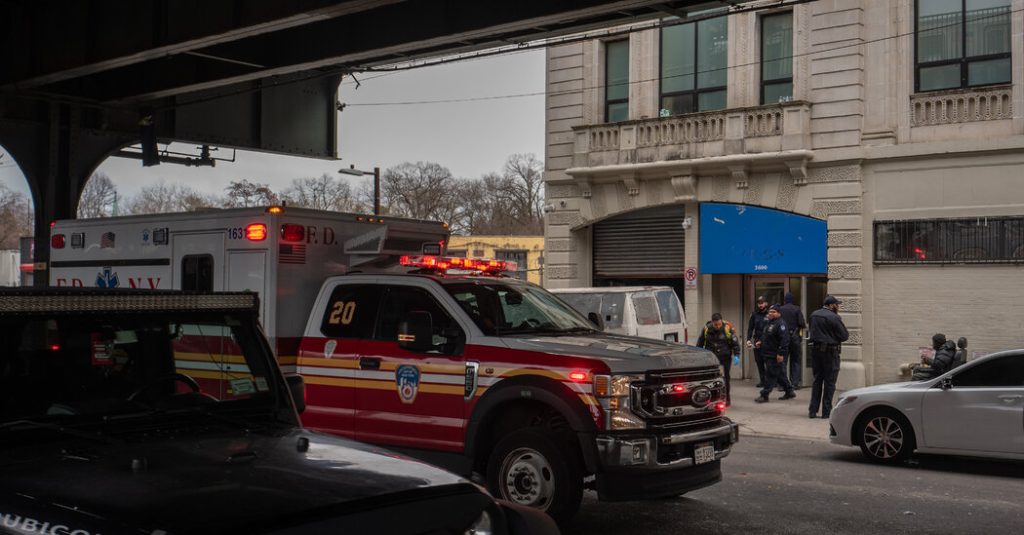A recent tragic incident involving Carlton McPherson, who was accused of shoving a stranger in front of a subway train, has shed light on the challenges faced by homeless mentally ill individuals in New York City. McPherson, who had severe mental health issues, had been placed in specialized homeless shelters meant to provide mental health services. However, a New York Times examination revealed that these shelters often failed to provide the necessary support and care for residents like McPherson.
The mental health shelters, operated by city contractors at a cost of $260 million annually, were found to have offered mental health services sporadically. Incidents of violence, disorder, and preventable harm were common in these facilities, with 50 deaths occurring in a four-year period. More than 1,400 fights broke out, resulting in serious injuries, and there were numerous cases of residents attempting suicide or harming others. The shelters also faced challenges such as fires, loss of essential services like heat and water, and other safety issues.
The Department of Homeless Services, responsible for overseeing the city’s shelters, acknowledged the need to connect individuals to mental health services but stated that their primary focus was emergency housing, not psychiatric care. The shelters operated on a voluntary basis for psychiatric services, and staff were trained to address emergencies like overdoses and suicide prevention. However, the limitations of the system, including high demand and a lack of resources and trained personnel, added to the challenges faced by homeless mentally ill individuals.
The city’s safety net for mentally ill individuals has been strained in recent years, with hospitals discharging patients in crisis, and specialized treatment teams facing long waiting lists and overwhelmed workers. As a result, many profoundly ill individuals end up in shelters like the ones where McPherson stayed, where failures in providing adequate care contribute to their instability and potential for dangerous behavior. The shelter system has often been described as a place of last resort, where those in need of intensive care may not receive the support they require.
In the case of McPherson, his struggles with mental illness were evident, but the support he needed was lacking. Despite efforts by shelter staff to assist residents, the facilities were often overcrowded, with limited privacy and resources. Numerous incidents of violence, injury, and death were reported at shelters across the city, highlighting systemic issues within the mental health shelter system. Efforts to improve safety and provide support to residents have been made, but the complex needs of mentally ill individuals continue to challenge the city’s ability to address these issues effectively.
Mayor Eric Adams has pledged to address the city’s mental health crisis, following recent incidents of violence involving mentally ill individuals in the subway system. The tragic events involving McPherson and others underscore the urgent need for comprehensive reform in how the city supports homeless mentally ill individuals. By investing in intensive care, supportive housing, and mental health services, New York City can work towards providing a safer and more effective system for those in need.


